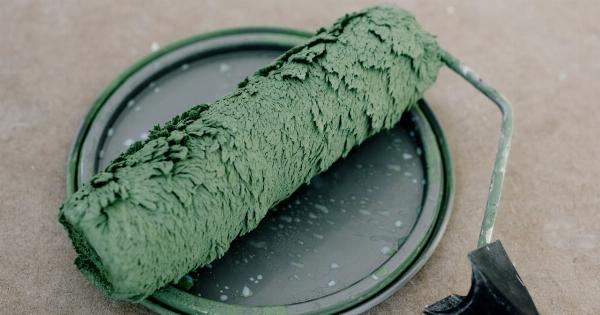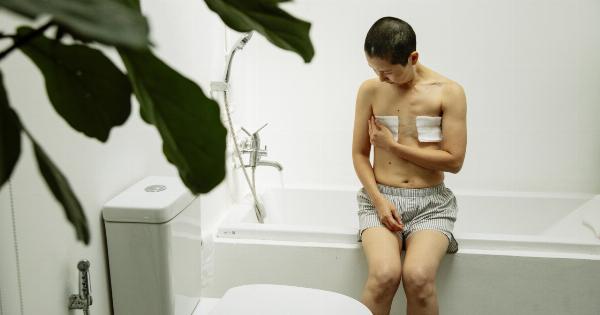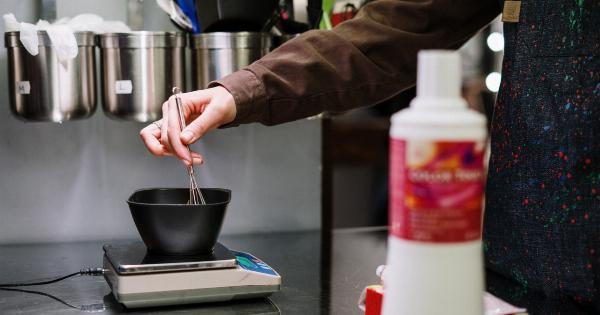Many individuals choose to dye their hair for various reasons, such as to cover gray hair, experiment with a new look, or simply for self-expression.
However, concerns have been raised about the potential health risks associated with hair dye, specifically in relation to an increased risk of breast cancer. In this article, we will explore the topic of how much hair dye can increase the risk of breast cancer, examining studies and providing recommendations for individuals considering hair dyeing.
Understanding the Potential Link
Research on the connection between hair dye and breast cancer risk has yielded mixed results, leaving both experts and the general public uncertain about the extent of the association.
Several studies have attempted to investigate this relationship, but the data remains inconclusive.
A potential concern arises from the composition of hair dye products. Traditional hair dyes usually contain various chemicals, including aromatic amines, phenols, and resorcinol.
These chemical compounds are known to have carcinogenic properties and can potentially enter the body through the scalp during the hair dyeing process.
It is important to note that no specific hair dye ingredient has been definitively linked to an increased risk of breast cancer. However, some studies have suggested a slight association between hair dye use and breast cancer occurrence.
Examining the Studies
Several studies have aimed to investigate the potential link between hair dye use and breast cancer risk.
The American Cancer Society conducted a large study in 2019 involving over 46,000 women and found a slight increase in the risk of breast cancer among those who regularly used permanent hair dye compared to those who did not. However, the study did not establish a clear cause-and-effect relationship. The increased risk could be influenced by various factors, such as genetic predisposition or other lifestyle choices.
Another study published in the International Journal of Cancer in 2018 analyzed data from over 100,000 women and found a slightly elevated risk of breast cancer associated with the use of permanent dye.
The research suggested that women who used permanent hair dye every 5-8 weeks had a higher risk compared to those who used it less frequently.
On the other hand, other studies have failed to establish a significant connection between hair dye use and breast cancer risk.
These studies argue that other factors, such as genetics and hormonal imbalances, play a more significant role in breast cancer development.
Precautions and Recommendations
Although the link between hair dye and breast cancer risk remains indeterminate, it is sensible to take certain precautions when using hair dye products.
1. Choose Ammonia-Free or Organic Hair Dyes: Opt for hair dye products that are labeled ammonia-free or organic. These dyes usually contain fewer harsh chemicals and are considered safer alternatives.
2. Limit Frequency of Use: If you regularly dye your hair, consider reducing the frequency of applications. Spacing out the intervals between hair dyeing sessions may help minimize potential exposure to harmful chemicals.
3. Use Protective Gloves and Follow Instructions: When applying hair dye, always use the protective gloves provided in the package. Additionally, carefully follow the instructions on the packaging to ensure safe and proper usage.
4. Conduct a Patch Test: Before applying hair dye all over your scalp, perform a patch test on a small area to check for any allergic reactions or sensitivities to the product.
5. Maintain Overall Health: Focus on leading a healthy lifestyle, including regular exercise, a balanced diet, and regular check-ups. These factors can contribute to overall well-being and potentially reduce the risk of breast cancer.
Conclusion
While the relationship between hair dye use and breast cancer risk remains unclear, it is important to remain cautious and take necessary precautions.
Opting for ammonia-free or organic hair dyes, limiting the frequency of applications, and using protective gloves are simple steps individuals can take to minimize potential risks. Ultimately, maintaining overall health and regularly consulting with healthcare professionals remains crucial in prioritizing breast health.


















